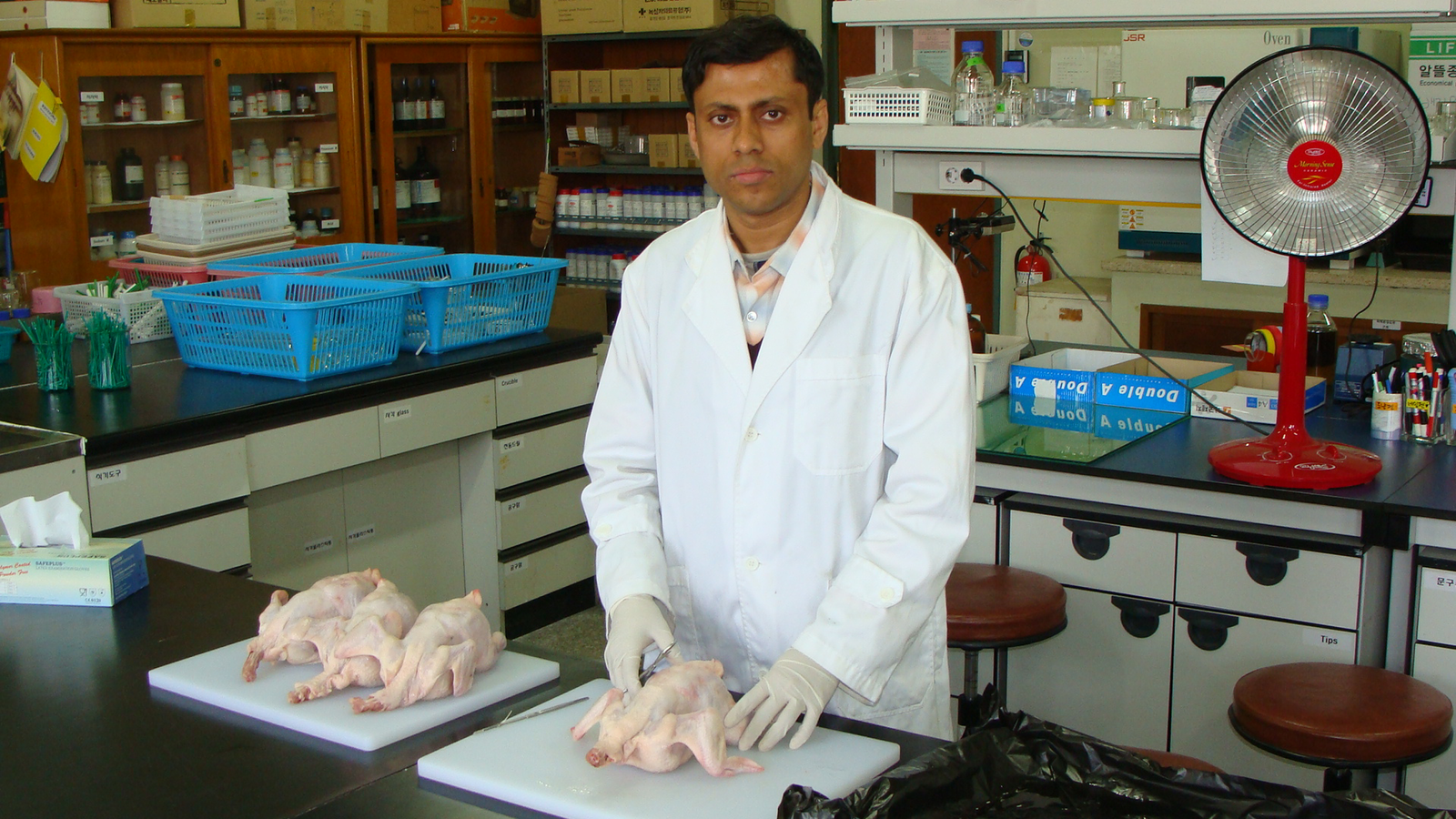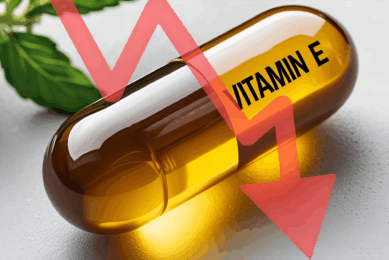DDGS: Nutritious and inexpensive feed for poultry

World grain prices are increasing and the ?industry is facing challenges in producing good quality animal products with reasonable prices for consumers. Also, the poultry industry in Bangladesh is dealing with high grain prices. Small and medium poultry farm owners are ?predominantly affected. There is thus an urgent need for affordable and nutritious feed.
By Dr Hossan Md. Salim, senior livestock officer, Government of Bangladesh
The increased cost and the limited supply of conventional grains have necessitated for focusing research and extension efforts towards the potential utilisation of energy and proteins from several grain by-products which are cheaper with high nutritive values. Corn Distillers Dried Grains with Solubles (DDGS) can play a vital role to formulate inexpensive diets for poultry. DDGS is a co-product of ethanol production plants that use corn for manufacturing. During the yeast fermentation in ethanol plants, corn is ground, mixed with water, cooked and the liquefied starch from this process is hydrolysed and fermented to produce ethanol and CO2. As a result the non-fermentable components of this process which are rich in essential nutrients such as protein, fat, fibre, vitamins and minerals are recovered in a highly concentrated form as Distillers Dried Grains with Solubles. Although distillers dried grains was used by the poultry industry for some time, DDGS took its place more recently. This is due to the rapid development in production and the improved quality when derived from the new generation ethanol plants. In light of the large-scale production of corn DDGS entering the world market, the nutritional value of corn DDGS for poultry may be a key concern for the livestock industry.
Nutrient contents
Corn DDGS contain all the nutrients from grain in a concentrated form except for the majority of the starch, which are utilised in the fermentation process. It is a rich source of crude protein, amino acids, phosphorus and other nutrients in poultry diets. Reliable values for the nutrient content of feed constituents are essential to create more precise diet formulations for poultry.
Metabolisable energy content
A number of studies provided estimates of the metabolisable energy (ME) content of DDGS for poultry. A study in 2004 reported a true metabolisable energy (TMEn) content of a single DDGS sample of 2,905 kcal/kg. In a later study, TMEn contents of 17 different DDGS samples from six separate plants were compared, which ranged from 2,490 to 3,190 kcal/kg with a mean value of 2,820 kcal/kg and a coefficient of variation of 6.4%. In 2006, other researchers concluded that the TMEn content of DDGS averaged 2,871 kcal/kg and had considerable variation among samples. In the same year, similar results were reported by another research team, who determined the mean TMEn value of 20 DDGS at 2,863 kcal/kg ±224 kcal/kg. It was hypothesised that energy in corn DDGS would not vary if samples were derived from ethanol plants using similar production technologies and corn grown in a proximate geographical location. When formulating diets with DDGS for poultry, the ME values and energy variability are key to monitor.
Amino acid content
A report published in 2005 concluded that crude protein content of corn DDGS could vary from 24% to 29%. In the author’s laboratory, crude protein contents in 395 corn DDGS samples imported from the USA to Korea were measured, resulting in an average crude protein content of 27.15% (ranging 23.87-30.41) with 3.72% coefficient of variation. Other researchers concluded a crude protein content of DDGS ranging between 23% and 32%. A study back in 2002 evaluated nutrient levels of DDGS originating from ten new ethanol plants in Minnesota and South Dakota, reporting crude protein content of 30.2%, and lysine and methionine at 0.85% and 0.55%, respectively. Interestingly, the high variability among DDGS sources was found mainly for the two amino acids for poultry, lysine and methionine. Likewise, other researchers showed the variation of crude protein content from 7.8 to 10% and lysine content from 0.22 to 0.32% for corn produced in Nebraska. Differences in production technology provide almost as much variation within one corn as there is between different plants. A publication in 1983 states that when DDGS is fed to growing chicks as the sole source of dietary protein, lysine, tryptophan and arginine were limited in availability. Although the insufficient amount of tryptophan and arginine could not be denied, it was concluded that the overall protein quality of DDGS could be improved greatly by lysine supplementation to growing chicks.
Mineral composition
A laboratory analysis of corn DDGS in the US showed that DDGS can be a good source of P (0.76%), Zn (57.26 ppm), K (0.91 ppm), and other minerals. Phosphorus content however varies widely from 0.48 to 0.91% in one report, and from 0.59 to 0.95% in another. This large difference in P
content derives partially from its
variation in corn grain and amount of starch residue in DDGS. However, the processing of ethanol production can also significantly contribute to its residue content and variation. If produced in new ethanol plants, the total P content in DDGS is reportedly higher. Moreover, addition of solubles to the wet grains prior to drying affects the P content, because the solubles contain more than three times as much P as do the wet grains.
Pigments content
Corn grain contains about 20 ppm of xanthophylls (yellow pigments) and it is expected that corn DDGS may be a good source of xanthophylls pigment as the pigments concentrate during the production process. However, the actual xanthophylls content may be lower in DDGS because of heat destruction during drying. An analysis held in 2005 showed 29.75 ppm of xanthophylls in one of the two DDGS samples, but only 3.48 ppm in another, which was considered to be damaged by heat.
By analysing 16 samples of DDGS of US produce in the author’s laboratory, an average concentration of carotene and xanthophylls of 8.58 and 36.72 ppm was measured, respectively. Since the typical corn and soybean based commercial poultry feed does not contain the necessary amount of xanthophylls to produce the deep yellow colour in the egg yolk and skin, DDGS can be a good source of the pigments as long as they are not overheated during the process.
Other nutrients
DDGS is not only a good source of energy, amino acids and minerals but can also be a rich source of water
soluble vitamins and other nutrients that are present in the corn used for the ethanol production. The report
stating DDGS as a good source of riboflavin and thiamine appeared in 1939. DDGS also contains some biologically active substances such as nucleotides, mannan oligosacharides, ß-1, 3 or 1, 6 glucan, inositol, glutamine and nucleic acids, which have a beneficial effect on immune responses and the health of animals.
References available on request.











